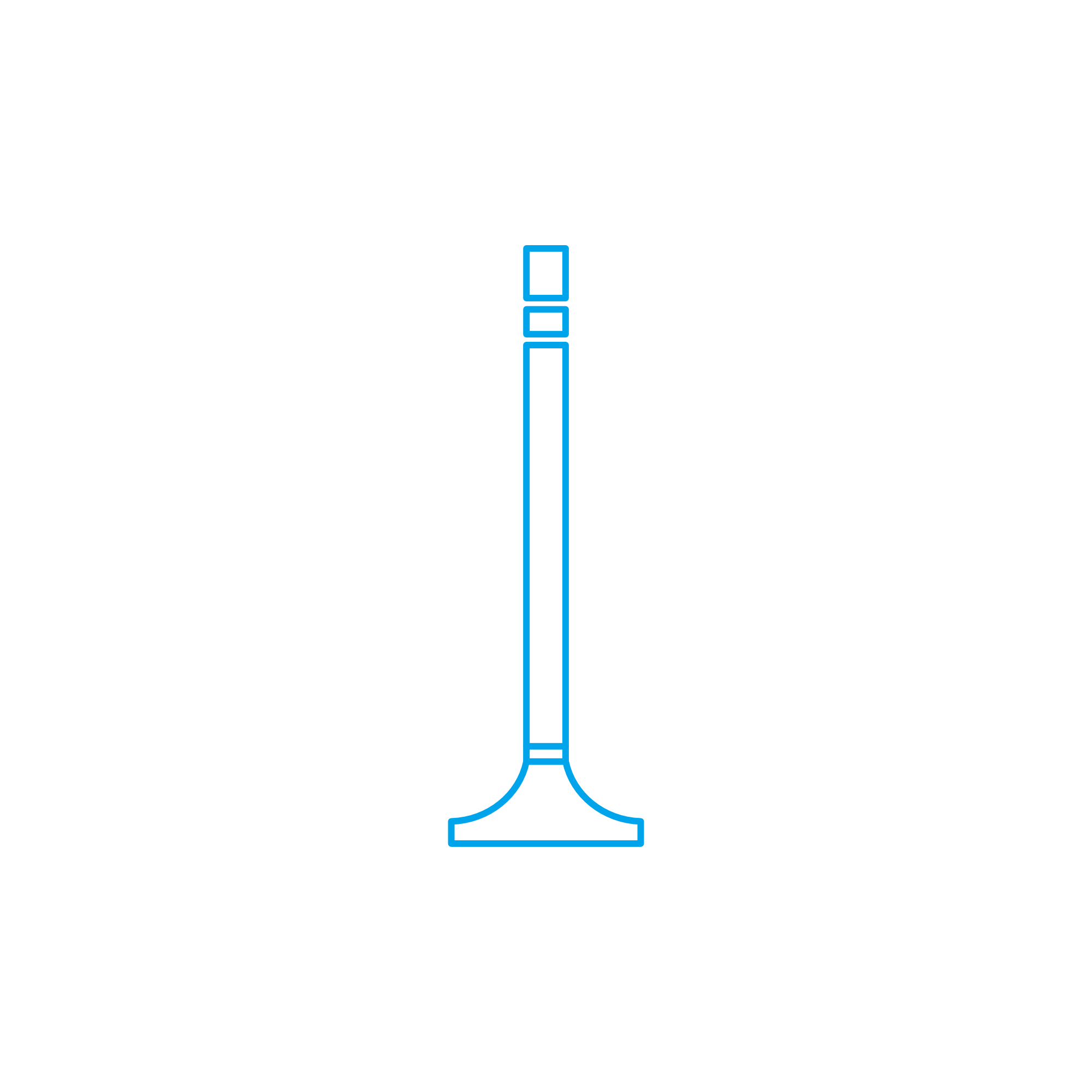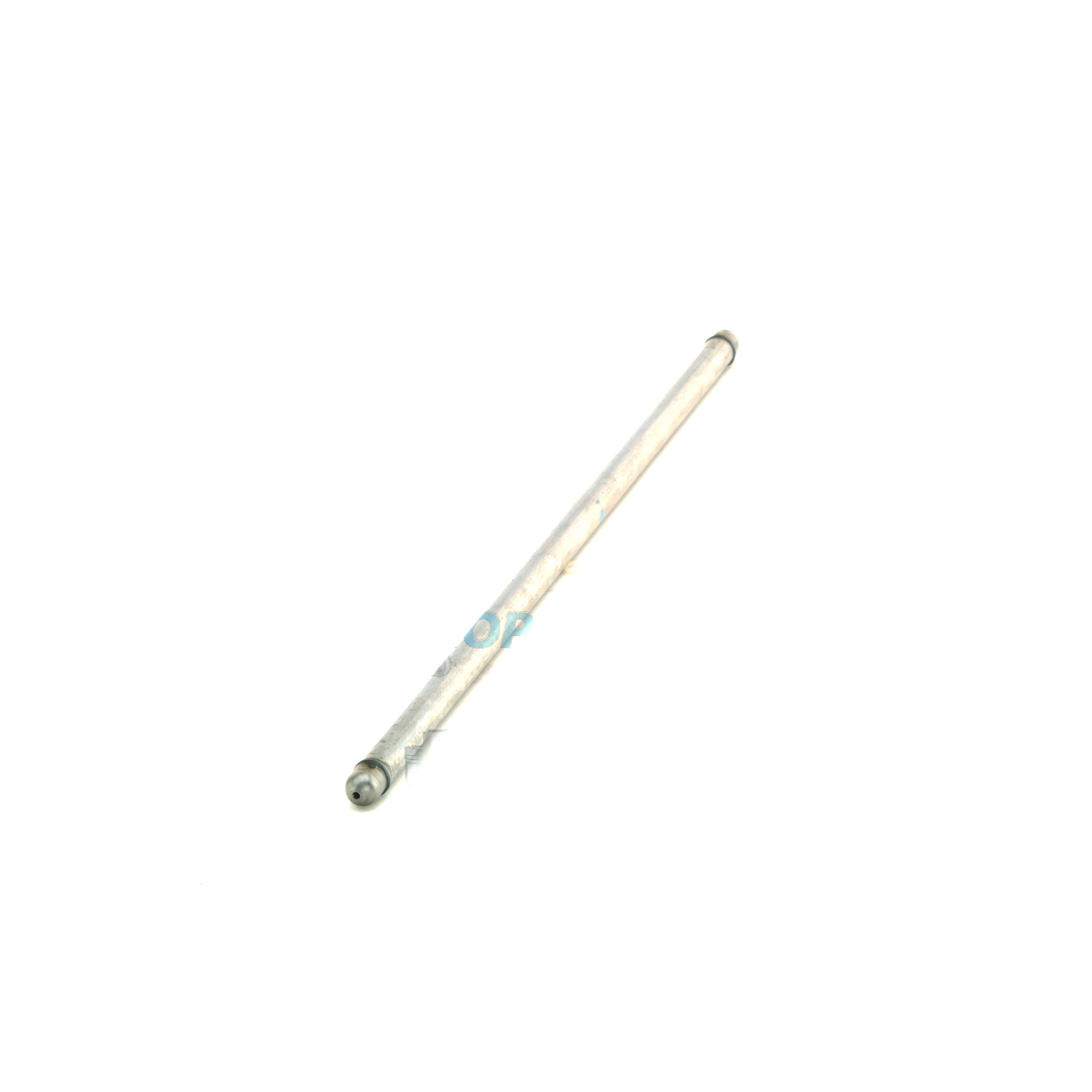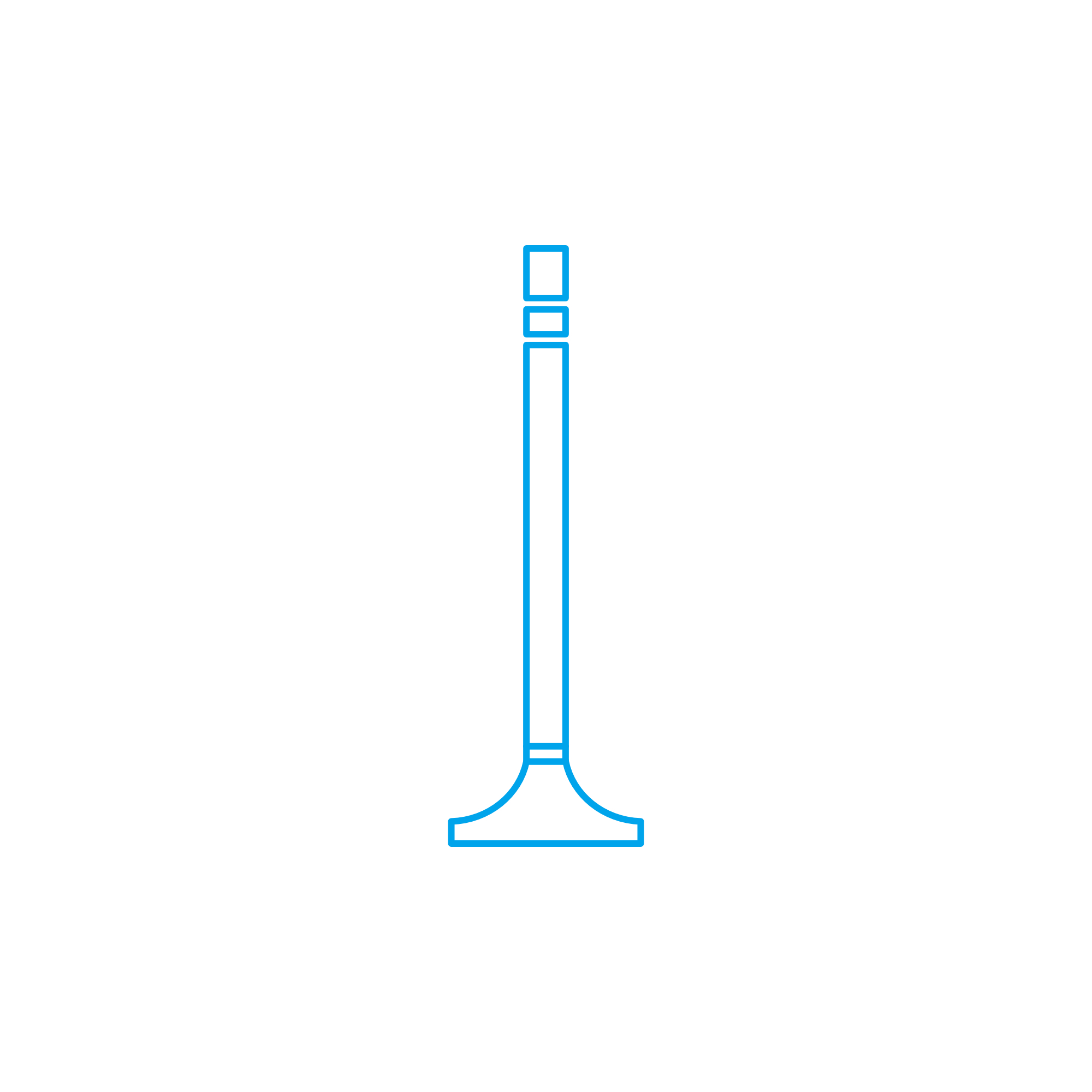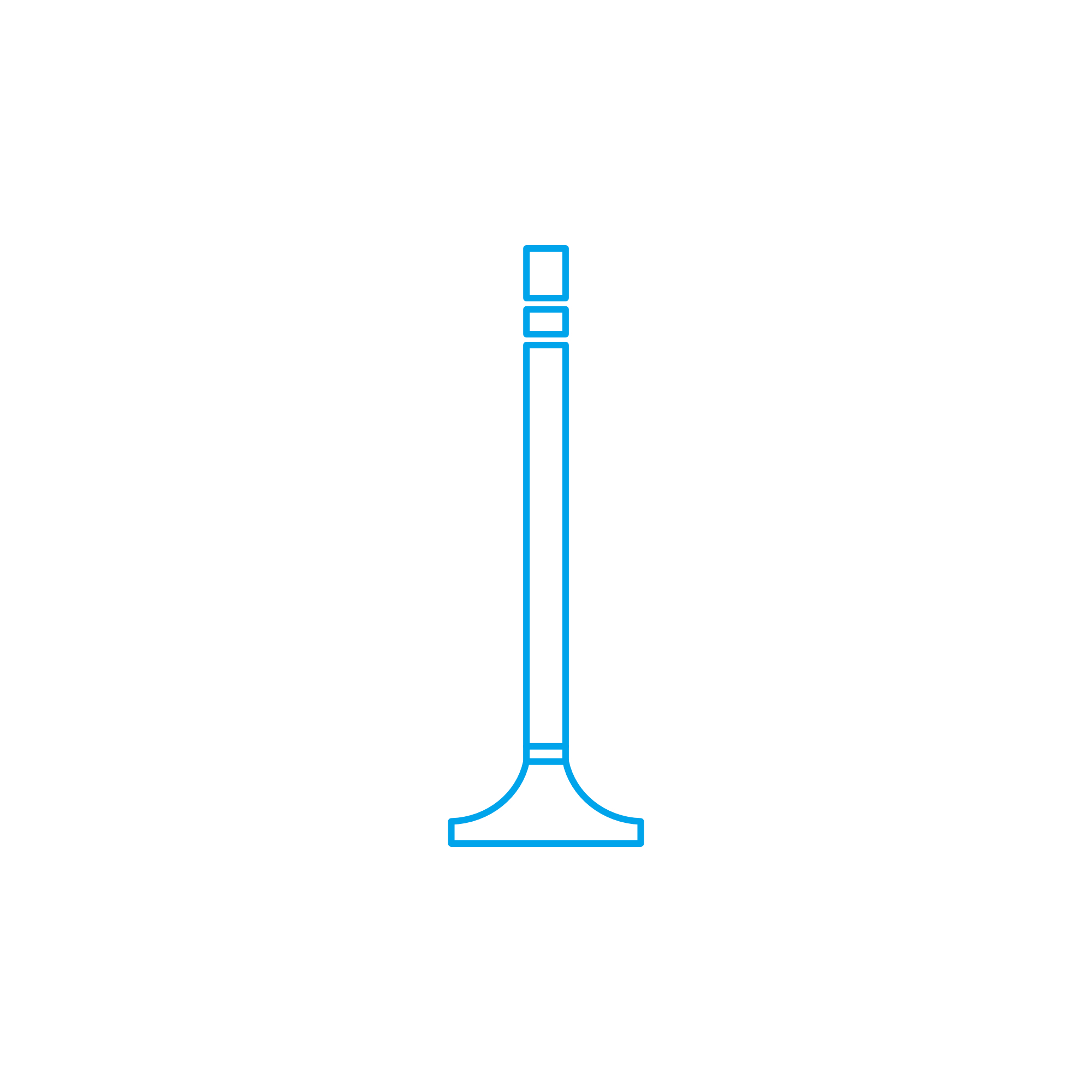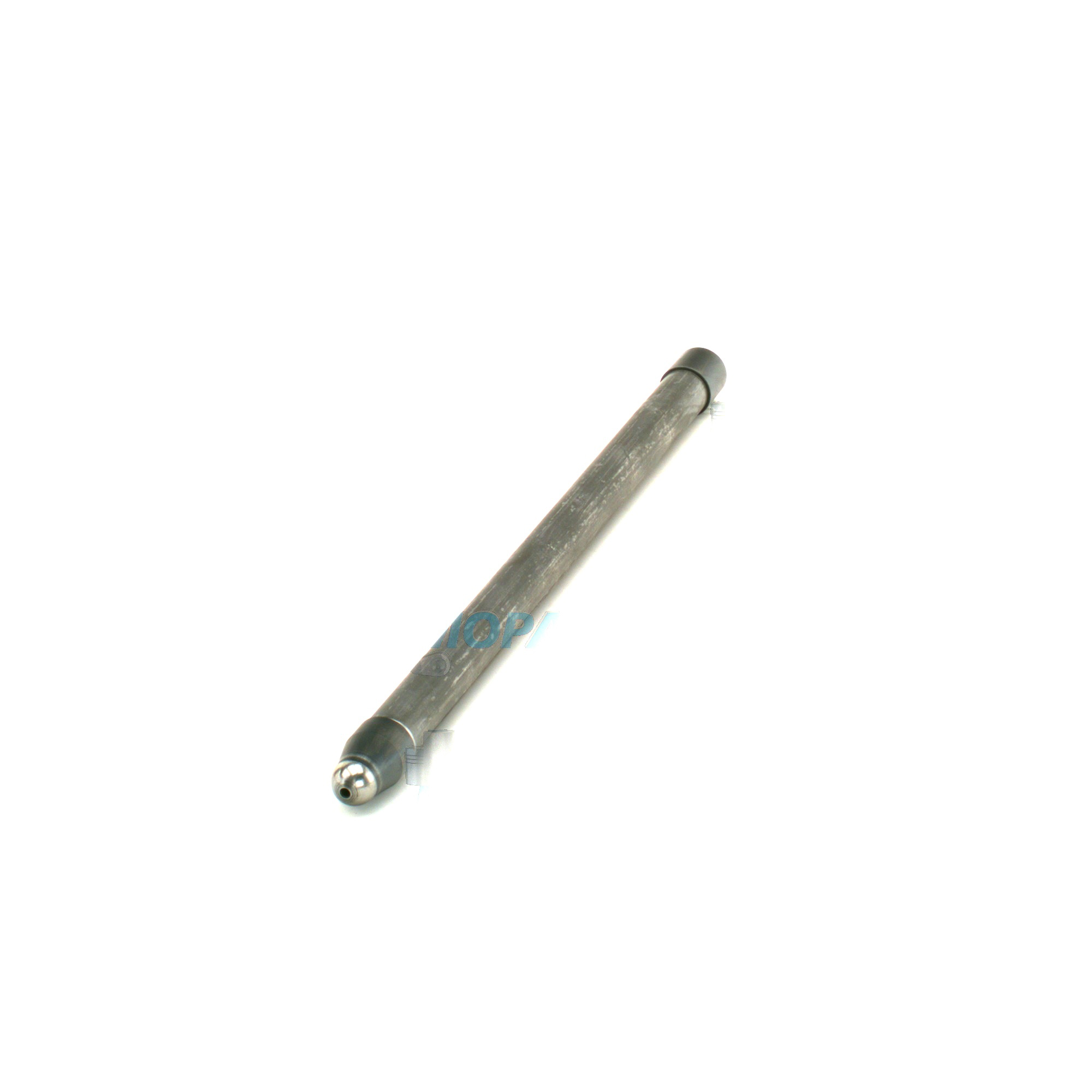PUSHROD Valve Train Components for Reliable Diesel and Gas Engines
Valve train components form the mechanical backbone of valve actuation in combustion engines. They convert the rotational motion of the camshaft into precise opening and closing of intake and exhaust valves, controlling the air exchange that drives combustion. In many medium- and large-bore engines—especially heavy-duty diesel and marine applications—pushrods, rocker arms, lifters, valve bridges, springs, guides, and seats work together to deliver accurate timing, stable lift, and durable performance under high thermal and mechanical loads.
As a category, valve train components determine how efficiently fresh charge enters the cylinder and how completely exhaust gases are expelled. Their design, material quality, and fit influence fuel efficiency, emissions, power density, starting behavior, and overall safety. The PUSHROD is a central link in overhead-valve architectures: it transmits cam motion through the lifter to the rocker arm and onward to the valves, coordinating the entire breathing cycle of the diesel or gas engine with millisecond-level precision.
Technical function of valve train components and PUSHROD in marine engine and diesel engine systems
In an overhead-valve diesel engine, the cam lobe lifts a lifter or tappet. The lifter displaces the PUSHROD, which in turn rotates a rocker arm around its shaft. The rocker multiplies or modifies the lift and presses the valve stem downward against spring force. The valve opens, flow occurs, then the cam profile returns the system to the base circle and the spring seats the valve. This kinematic chain relies on dimensional accuracy, stiffness, and controlled friction across every interface.
Material selection and manufacturing tolerances are critical. A PUSHROD diesel engine assembly must resist column buckling and bending; wall thickness, tube alloy, heat treatment, and end-hardened tips all contribute to stiffness and long life. In a PUSHROD marine engine, long spans, high cylinder pressures, and continuous duty cycles impose additional demands on straightness, surface finish, and oiling features. Rocker arm bores and shafts require precise geometry and wear-resistant coatings; lifters need optimized cam contact and oil metering; springs demand consistent seat pressure to prevent valve float at high load. Valve guides and seats must maintain alignment and heat transfer to avoid hot spots, tuliping, or seat recession.
Lubrication and clearance control are equally important. Proper lash (cold and hot) accommodates thermal expansion; hydraulic lash adjusters, when used, stabilize running clearance. Oil galleries feed rocker arms and cam-follower interfaces to minimize scuffing. With PUSHROD OEM parts specified to the engine maker’s standards, the contact stresses at tips and cups remain below the fatigue threshold, safeguarding long-term reliability.
- · Accurate timing and lift transmission
- · High stiffness-to-weight ratio for stable valve control
- · Heat- and wear-resistant contact surfaces
- · Optimized lubrication paths for low friction
- · Consistent spring rates to prevent valve float
- · Tight guide-to-stem clearance for valve seating
- · Corrosion resistance for marine duty cycles
- · Dimensional stability under thermal load
- · Low noise and vibration in the valvetrain
- · Service-friendly design for predictable overhauls
PUSHROD OEM parts: materials, tolerances, and performance assurance
Modern PUSHROD OEM parts often use case-hardened steel or induction-hardened ends with controlled core toughness. Roundness, straightness, and tip geometry are held to micrometer-level tolerances to reduce side loading and tip fretting. Rocker arms may feature nitrided pads or roller tips; lifters can use DLC coatings for reduced scuffing; valve springs undergo shot peening for fatigue life. These details translate directly into lower wear rates, cleaner oil, and stable timing over many thousands of operating hours.
Importance of valve train components for engine reliability and service life
Valve train integrity is fundamental to uptime. If components wear or fall out of specification, valve timing drifts, combustion efficiency declines, and exhaust temperatures rise. Symptoms include hard starting, misfire under load, elevated specific fuel oil consumption (SFOC), and reduced power at the propeller shaft or generator terminals. In severe cases, loss of valve control leads to valve float or bounce, burnt valves, piston-to-valve contact, broken springs, and collateral damage to the camshaft and turbocharger due to thermal imbalance.
Marine operators face added stakes: out-of-tolerance valve train components can jeopardize class compliance, emissions limits, and voyage schedules. Regular measurement of valve lash, inspection of rocker tips and PUSHROD ends, and condition checks on guides and seats help detect early wear. Using correctly specified parts restores the precise kinematics that protect valves from tuliping, prevent seat recession, and maintain consistent compression and cylinder pressure balance across the engine.
Advantages of OEM spare parts suitable for valve train components
Correctly specified OEM spare parts for valve train components—and especially for the PUSHROD, rocker arms, and lifters—deliver measurable advantages in performance, reliability, budgeting, and service life.
Performance: OEM geometry preserves cam profile intent, ensuring lift, duration, and phasing are delivered as designed. This maintains torque curves, reduces smoke at low load, and supports clean combustion.
Reliability: Certified metallurgy, heat treatment, and surface finish reduce contact fatigue and scuffing. Consistent spring rates and lifter characteristics prevent valve float and timing scatter at high load.
Budget and lifecycle cost: Longer intervals between overhauls, fewer unplanned stoppages, and stable SFOC lower total cost of ownership. Predictable fit-up reduces workshop time and rework during dockings or port calls.
Service life: Tight tolerances on PUSHROD ends, rocker bores, and guide clearances keep seating forces in the optimal range, extending valve and seat life while keeping exhaust temperature spread within limits.
In short, choosing PUSHROD OEM parts and matching valve train components preserves the engine’s baseline performance and compresses risk in critical operations.
MOPA as a partner for OEM spare parts valve train components
MOPA is an experienced, reliable partner for sourcing OEM spare parts for valve train components across leading diesel and gas engine platforms. We focus on speed—rapid quotations, fast order handling, and efficient global logistics—to minimize downtime for fleets and power plants. Quality is embedded in our process: verified OEM sourcing, batch traceability, and documentation support for class and compliance.
Security in trade is central to our service. MOPA’s controlled supply chain, component verification procedures, and careful packaging help ensure parts arrive as specified and ready for installation. Whether you operate a PUSHROD marine engine on deep-sea routes or a diesel generator in prime power, our team helps you identify the correct references, cross-check supersessions, and deliver the valve train components you need on time.
Conclusion
Valve train components—anchored by the PUSHROD in overhead-valve designs—are essential to precise breathing, combustion efficiency, and safe operation in diesel and gas engines. Selecting well-matched OEM spare parts suitable for valve train components protects performance and extends service life while keeping budgets under control. With MOPA as your partner, you gain speed, quality, and secure sourcing for critical engine components.


